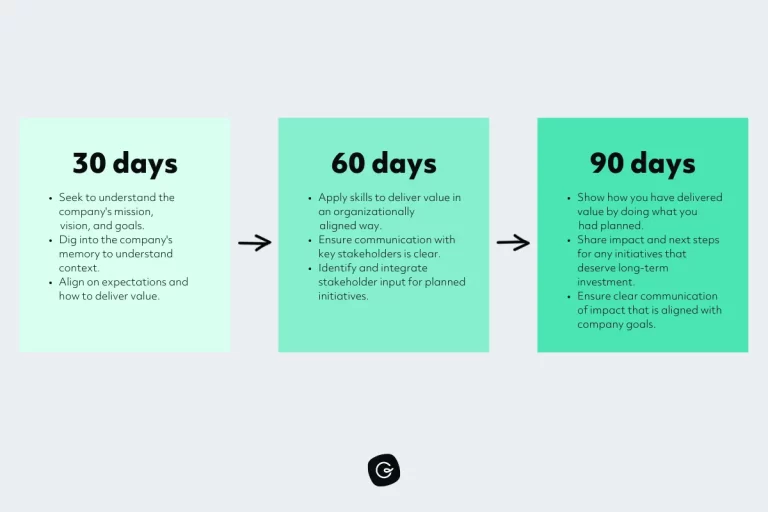Mastering Global Team Management for Successful Software Release Delivery
In the dynamic world of technology, release planning is a vital task that hinges on proficient global team management. As a Technical Program Manager (TPM), I’ve managed, inspired, and integrated various teams dispersed around the world. My role in steering diverse global teams towards successful product launches has been a unique privilege. In this piece, I’ll share my insights on orchestrating this global ensemble, highlighting how skills, leadership, and collaboration converge under the guidance of a trustworthy and effective TPM in global team management.
Challenge 1: Synchronizing the Unsynchronized in Global Team Management
As a release manager, I faced the daunting task of synchronizing teams across four continents. Our most pressing issue was the ‘Time Zone Tangle’. Our engineers in India were coding into the night while their counterparts in New York were just starting their day. This led to a lag in communication, with urgent issues often waiting a full cycle before being addressed.
To tackle this, I implemented a ‘Follow-the-Sun’ model. We staggered shifts in a way that someone was always online to keep the baton moving. I also scheduled overlapping hours for real-time collaboration and ensured that handoffs were smooth and well-documented.
This approach turned our time zone challenge into a 24-hour productivity cycle. Issues were resolved quicker, and the product roadmap stayed on track. Our release was not only on schedule but also had the added benefit of round-the-clock innovation.
Challenge 2: Bridging the Cultural Gap
The challenge of cultural and communication differences in global team management was significant. In one instance, our Chinese team was reluctant to share roadblocks in group settings, leading to last-minute scrambles.
I initiated ‘Cultural Exchange’ workshops where teams shared their working styles and communication preferences. I also established a rule – ‘No Bad News Surprises’ – encouraging open and early communication of issues.
These workshops broke down barriers, leading to a more harmonious working environment. Our Chinese team felt more comfortable voicing concerns early, which significantly improved our planning accuracy.
Challenge 3: The Overlapping Cadence
Coordinating meetings across different time zones was a challenge in global team management. With team members in New York, China, and France, finding a meeting time that suited everyone was like finding a needle in a haystack, leading to decreased engagement.
I took a democratic approach and created a rotating meeting schedule, ensuring no one team was constantly inconvenienced. I also introduced an ‘Agenda Ahead’ policy, where meeting points were shared in advance to maximize the limited time we had together.
The rotating schedule was a fair compromise that maintained morale. The ‘Agenda Ahead’ policy made our meetings more efficient and effective, which was reflected in the improved quality of our release cycles.
Challenge 4: Resource Allocation and Skill Optimization
Allocating resources effectively while optimizing the skills of a diverse team was another hurdle. I implemented a dynamic resource allocation model, which matched tasks to team members based on their strengths and time zone advantages, leading to increased productivity and team satisfaction.
Challenge 5: Maintaining Team Morale and Motivation
Maintaining team morale and motivation over long distances was crucial. Regular virtual team-building activities and recognizing individual contributions helped in creating a positive work environment and keeping the team motivated.
Conclusion: The Finale of Flexibility
The key to driving release planning with a globally distributed team is flexibility.
Adapting to different time zones, embracing diverse cultures, and leading with understanding will drive the release towards success. Not only have I mastered the technicalities of release planning but also the art of global team synergy.
I don’t just drive projects; I strive to create an environment where teams are inspired to perform their best. It is not just about successful product launches; it’s about building the global teams that trust, respect, and thrive under leadership that understands the pulse of a truly international operation.






